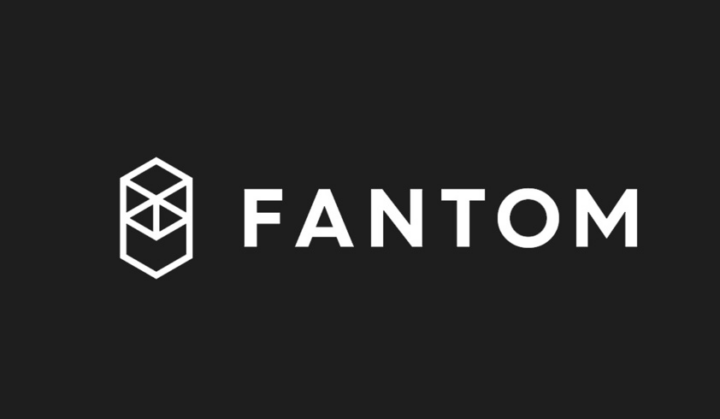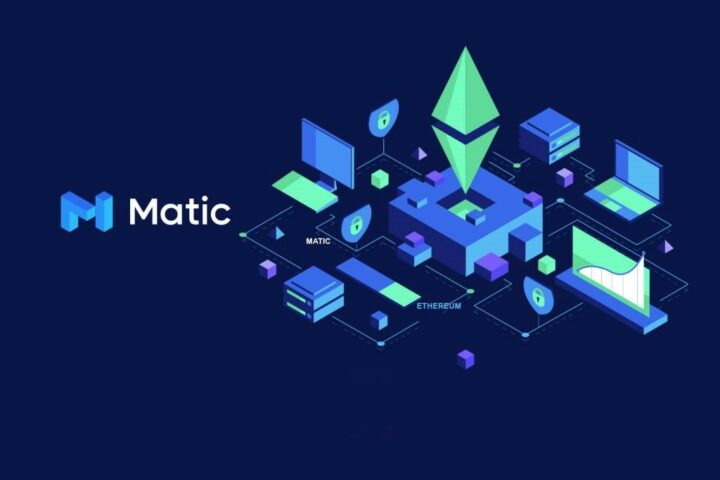Fantom is a managed acyclic graph (DAG) smart contract platform that provides high-speed secure transactions to help developers build highly scalable and secure Dedi and Dapp solutions. Fantom uses the revolutionary and bespoke BFT consensus engine, which allows Fantom to be much faster and cheaper than older technologies.
Now that we have defined Fantom (as well as outlined how it’s different from older technologies), it is necessary to understand why we are fantom, and what makes it special?
Why Fantom?
 There is a popular term called blockchain trilemma. He says it is impossible to achieve all three attributes together. Bitcoin’s primary focus is on decentralization and security by choice. In work, business, or our everyday life.
There is a popular term called blockchain trilemma. He says it is impossible to achieve all three attributes together. Bitcoin’s primary focus is on decentralization and security by choice. In work, business, or our everyday life.
In a nutshell, Fantom is a revolutionary tech in the Crypto blockchain space. The Fantom aBFT consensus protocol provides unprecedented speed, security, and scalability.
Fantom plans to integrate staking and DeFi features.
The third motivating factor for the recent rise in FTM to MATIC exchange is the introduction of liquid rates, or the ability to place tokens on the network while simultaneously accessing the value of the token for use in DeFi. In most Proof-of-Interest networks, token holders must choose between hosting their tokens to secure the network and receiving rewards, or forgoing those rewards in order to access the value.
Since then, FTM has been added to Coinbase Custody and the Ledger hardware wallet, and has been selected by the Ukrainian Ministry of Digital Transformation as a platform for the exchange of intellectual property.
Each of these events supports a strong breakout in FTM’s price, and the upcoming public release of its Ethereum bridge has put Fantom well-positioned to gain a new level of DeFi engagement. In addition, the prospect of transaction fees that cost less than $ 0.01 could prove to be a tempting incentive for crypto traders and could lead to liquidity migration.
Polygon (Matic)
 Polygon is a subsidiary blockchain of Ethereum, launched in 2017 by its developers, to speed up smart contracts and decentralized applications. Initially, the project was called Matic Network, but with the expansion of the scope, it was renamed. The blockchain is used here as a database.
Polygon is a subsidiary blockchain of Ethereum, launched in 2017 by its developers, to speed up smart contracts and decentralized applications. Initially, the project was called Matic Network, but with the expansion of the scope, it was renamed. The blockchain is used here as a database.
The new L2 sidechain solution helped Polygon bypass Ethereum’s main drawbacks, in particular, the slowness of transactions and significant fees. Thanks to the Plasma protocol, the main Ethereum network is not overloaded, and applications based on it run on Polygon.
Thus, the platform contributed to the expansion of the system, increasing its efficiency, security, and prompting developers to quickly introduce new products to the crypto exchange pairs on alligat0r.com.
Polygon (or MATIC) is a token that supports the Polygon blockchain. Through the use of Layer 2 sidechains (blockchains that work in conjunction with the Ethereum blockchain), Polygon enables faster and cheaper transactions on the Ethereum network.
The ease of use, good structure, and high efficiency of the Polygon network positively influenced the rise in the price of Polygon in early 2021.






